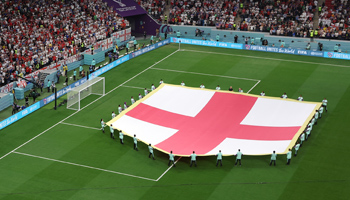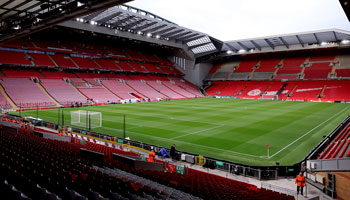As we approach the business end of the January transfer window, the same questions that arise every year are being murmured among fans and pundits alike. Who will spend the most money? Should a team be trying to spend their way out of trouble – or towards glory – or keep the faith with the players they’ve got? Is it better to keep your powder dry until the summer?
We’ve gone back and analysed ever Premier League transfer made in January since the winter window was introduced in 2002/03 to answer these questions and more.
Who splashes the cash?
It probably won’t surprise you to learn that, in a division awash with TV money, most clubs spend more than they recoup in January. In fact only two current Premier League clubs – West Brom and Swansea – have made a net profit in January during their previous years in the top flight. With the Baggies’ average net return in the paltry hundreds of thousands per year, only Swansea’s average profit of £5million per year is worthy of the name.
Having finished his first and only winter window to date almost £19million poorer, Bournemouth’s Eddie Howe puts the Cherries on top of the tree when it comes to winter outlays and himself atop the list of current top-flight managers. The next biggest January spender is Mark Hughes, who in spells at several Premier League sides has an average net outlay of around £7.5million.
The only two current bosses to have made a profit in January are West Ham’s Slaven Bilic, who was £5million in profit last season, and Mauricio Pochettino. The Argentine has made a similar average net return across spells at Southampton and now Tottenham, boosted by the £13.6million profit he made by shifting the deadwood left by his predecessor this time last year.
Does spending money in the winter actually work?
The short answer is yes, as we found out when we studied the 10 top-flight clubs who have been involved in at least 10 January windows. Of those 10 sides, eight of them had a higher net January spend in seasons where their fortunes – measured in points won per game – improved after the window shut.
You’ll find them all listed on the graphic but the most powerful example is Arsenal, who have a net January spend of over £10.5million in seasons when they ended up performing better, but in the seasons where their performances dipped after January they had an average profit of £2.4million. In fact when we look at all current Premier League clubs, their net January spend is almost twice as high – £4.7million to £2.4million – in seasons where they performed better after the winter window closed.
Only two clubs had a higher net January spend in seasons where they went on to earn points at a lower rate: Manchester United and Everton. The Toffees’ record is the strangest: they made an average profit of £1.7million in winter windows that preceded an improvement in form and a £2.4million loss in those where they went on to do worse, so Sunderland are probably right to keep the chequebook out of David Moyes’ reach this season.















